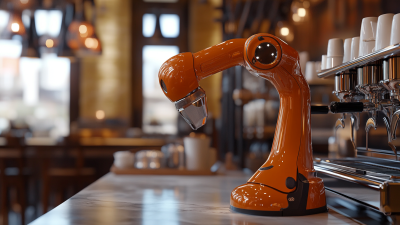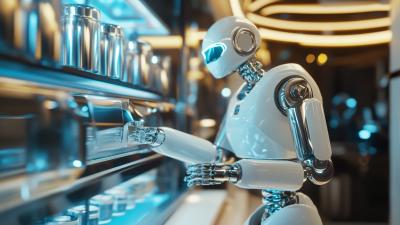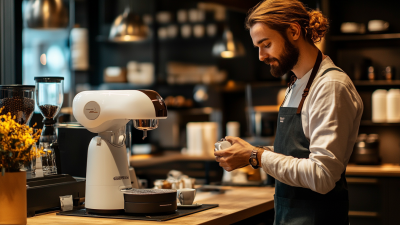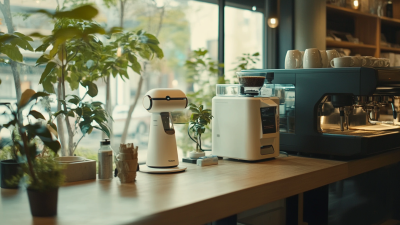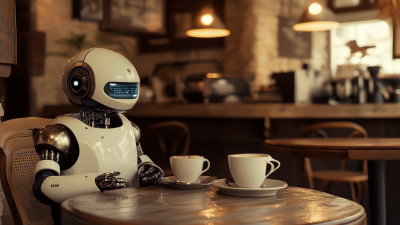As the world increasingly embraces automation, the concept of the "Robot Coffee Shop" has emerged as a fascinating innovation at the forefront of this trend. The 138th Canton Fair in China, set to take place in 2025, will showcase the latest advancements in robotic technology, particularly in the food and beverage sector. According to a report by MarketsandMarkets, the global market for robotics in the food service industry is projected to reach $5.6 billion by 2027, signifying a compound annual growth rate (CAGR) of 25.9% from 2022. These statistics underscore the growing interest and investment in automation, with robot coffee shops leading the way in redefining consumer experiences. By providing a blend of efficiency and engagement, these establishments are not only enhancing service quality but are also pivotal in addressing labor shortages and operational challenges within the hospitality industry. As we gear up for the Canton Fair, it is essential to explore how the integration of robotics is reshaping our coffee culture and what it means for the future of dining experiences.
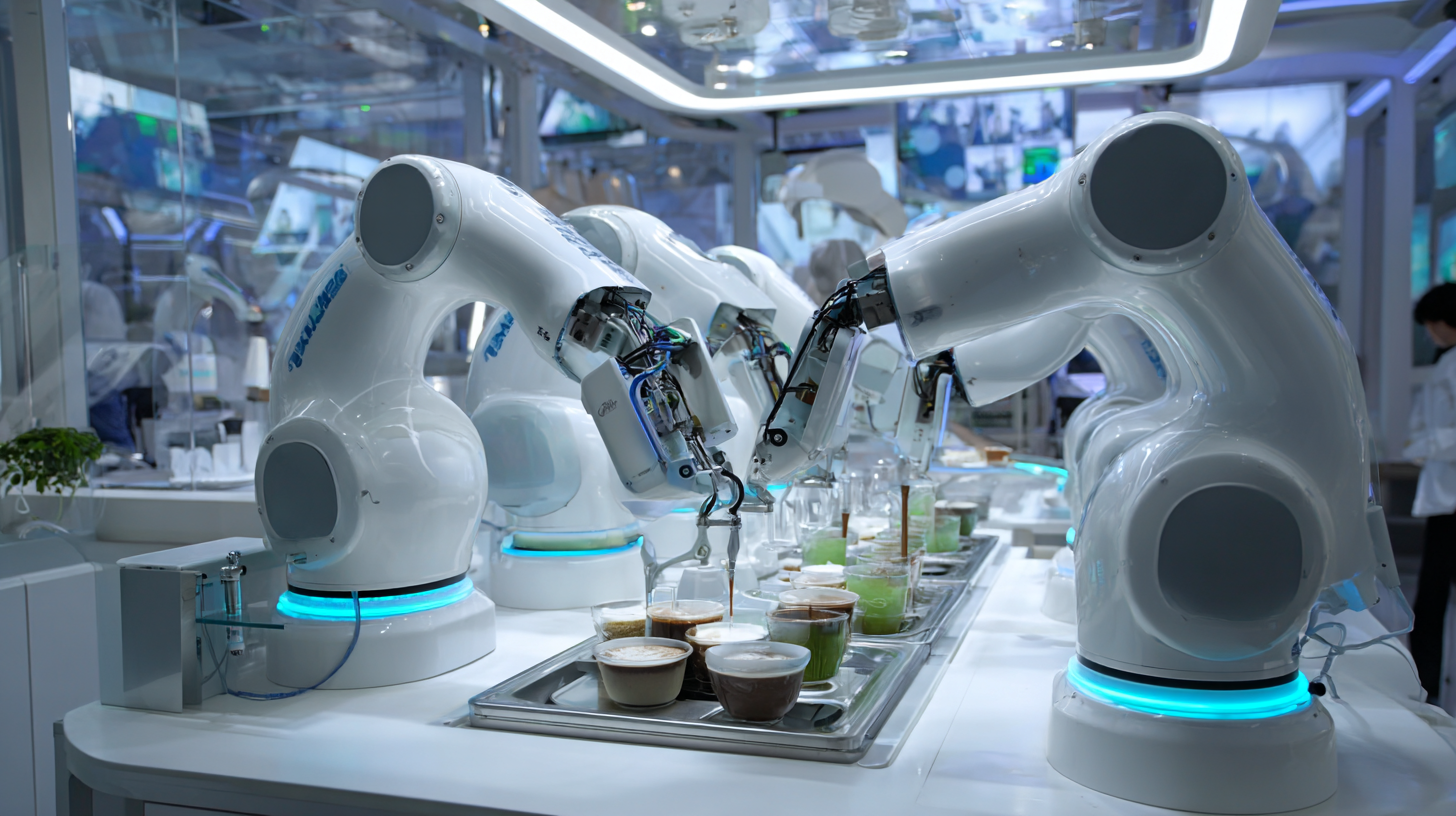
The coffee service industry is undergoing a significant transformation with the emergence of innovative robotic solutions. The introduction of unmanned robot drive-thru stores marks a pivotal shift, enhancing customer convenience and streamlining the ordering process. These advancements not only cater to modern coffee enthusiasts but also address labor shortages and operational efficiency. The integration of robotics in coffee service represents the future of automation, where customers can enjoy their favorite brews with minimal human interaction.
Tips for integrating robotic solutions in your coffee business include focusing on user-friendly interfaces and ensuring seamless interaction between customers and robots. Additionally, consider utilizing AI to personalize the customer experience, making recommendations based on individual preferences. Leveraging customer data can enhance service speed and satisfaction, ultimately driving sales in this increasingly automated landscape.
As we look towards the future, the impact of robotics on the food and beverage industry is undeniable. With trends indicating that robotic service bots are becoming a staple across various sectors, businesses must adapt to these innovations. Embracing technology not only enhances efficiency but also positions brands as leaders in the competitive market while meeting evolving consumer expectations.
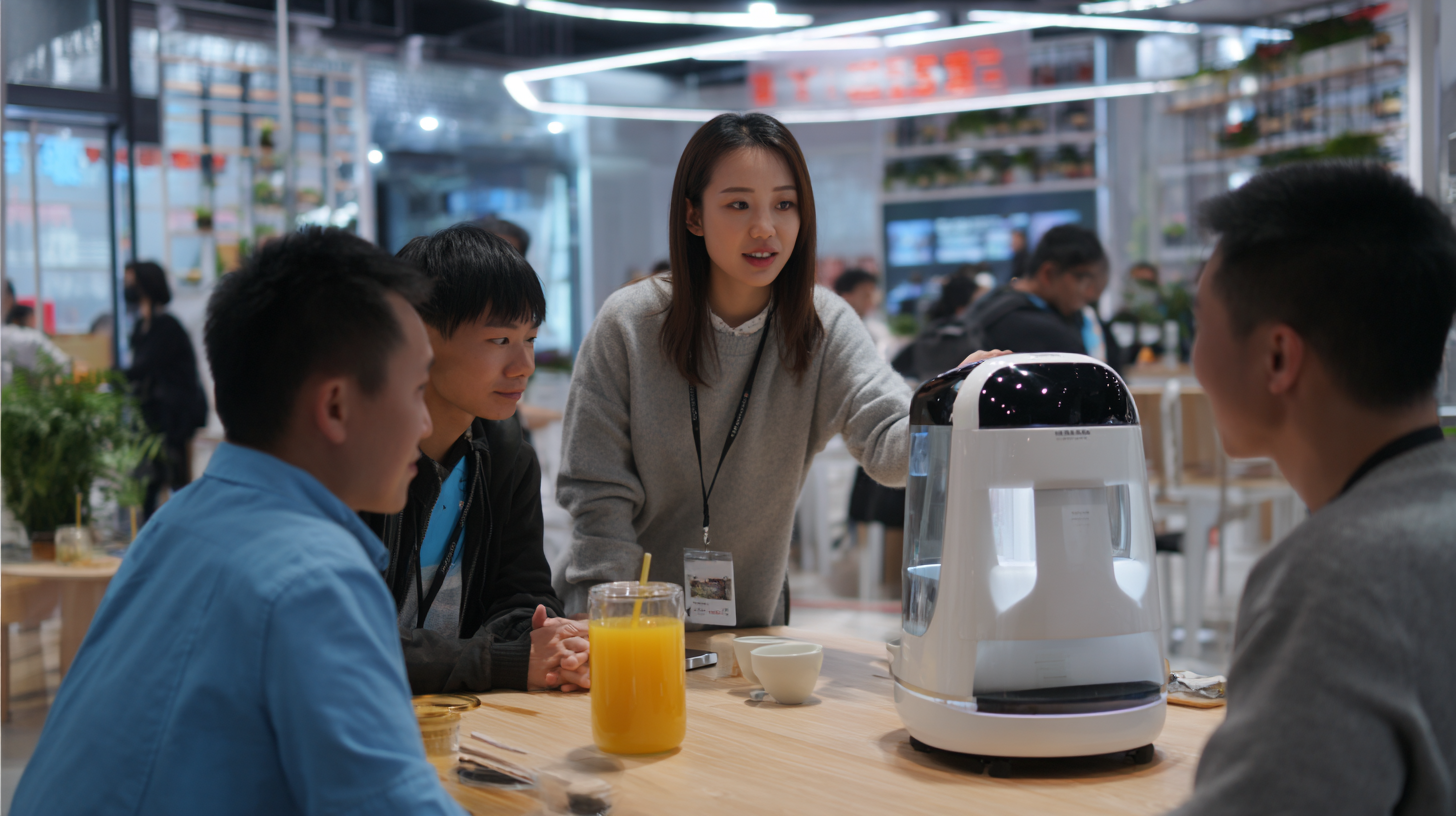
The rise of robot baristas is transforming the coffee shop landscape, especially in bustling cities like Shanghai. As the economy faces challenges, innovative companies are leveraging automation to reduce operational costs and enhance customer experience. The introduction of automated beverage solutions not only streamlines drink preparation but also addresses labor shortages in the food service industry. These robotic systems can craft complex drink variations with speed and precision, offering a new sense of efficiency that traditional baristas may find hard to match.
Technological advancements in robotics are making the idea of a fully automated coffee shop more feasible. The emergence of advanced robot baristas indicates a significant trend towards electrification and innovation within the culinary sector. As consumer preferences evolve, establishments are increasingly turning to automation to meet demands for quick service and high-quality beverages. This shift not only promises to revitalize coffee shops but also highlights the broader impact of automation on the food service industry. The integration of such technology is expected to shape future dining experiences, making them more efficient and responsive to consumer needs.
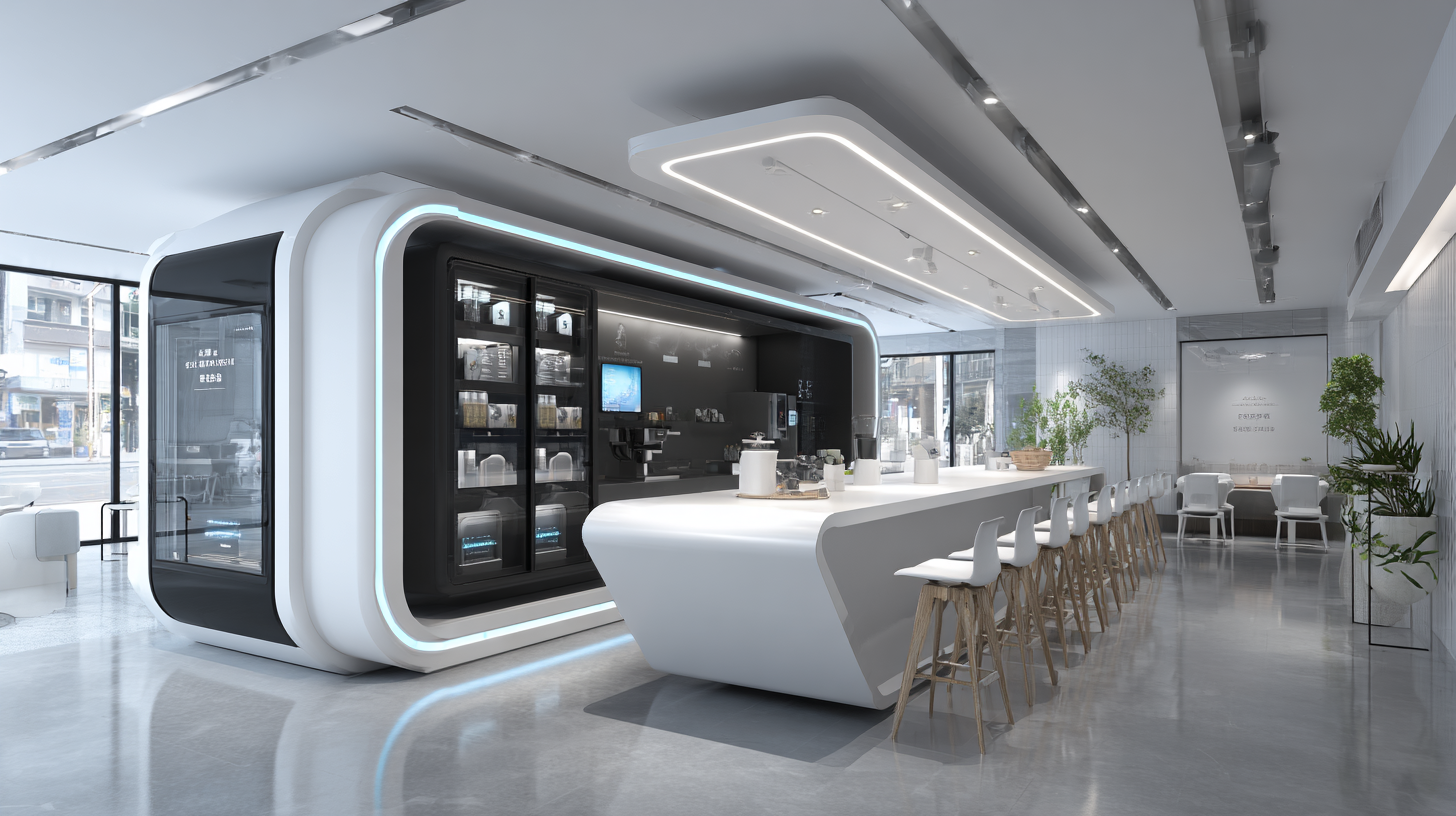
The rise of automation is transforming customer experiences across various industries, as showcased at China's 138th Canton Fair in 2025. A prominent highlight was the introduction of robot coffee shops, which offered attendees a glimpse into the future of service. According to a report by McKinsey & Company, the market for automation technologies in the food and beverage sector is projected to grow at a compound annual growth rate (CAGR) of over 12% through 2028. This growth is driven by the demand for efficiency and enhanced customer experiences, as companies seek to integrate technology to streamline operations.
Visitors at the Canton Fair had the opportunity to engage with robotic baristas, which not only prepared beverages but also personalized customer interactions through AI-driven interfaces. A survey conducted by Statista indicated that 68% of consumers are interested in automated services that enhance their shopping experience. By leveraging advancements in robotics and machine learning, these coffee shops were able to reduce wait times and improve service consistency, making the case for broader adoption in the hospitality sector. The feedback from attendees highlighted a positive reception towards the novelty and convenience offered by these automated solutions, suggesting a shift in consumer expectations as we move deeper into the automation era.
The rise of robotic coffee shops at China's 138th Canton Fair highlights a significant trend in automation and its potential economic impact. As robots take over roles traditionally held by humans, particularly in the hospitality sector, they address critical labor shortages while also raising concerns about job displacement. The integration of robotic baristas not only enhances efficiency and consistency in service but also introduces a new dynamic to the consumer experience, catering to a tech-savvy generation that values innovation.
Despite the benefits presented by automation, there are underlying challenges that businesses and workers must navigate. While robotics can lead to cost reductions and increased productivity, they can also contribute to "skimpflation," where quality diminishes as businesses look to cut costs. Furthermore, the conversation around job security is becoming increasingly complex; as automation improves, there is an urgent need for policies that prioritize education and workforce retraining, ensuring that employees can thrive in a rapidly changing economic landscape. Through thoughtful implementation and strategic planning, the future of robotic coffee shops and automation can pave the way for a balanced coexistence between technology and human labor.
| Aspect | Details | Estimated Value (in million USD) |
|---|---|---|
| Market Growth Rate | Annual growth projected for robotic coffee shops | 25 |
| Initial Investment | Average cost to set up a robotic coffee shop | 200 |
| Revenue per Store | Estimated annual revenue for a single shop | 150 |
| Job Displacement | Percentage of barista jobs at risk | 40% |
| Customer Satisfaction | Average customer approval rating of robotic coffee services | 85% |
| Operational Efficiency | Reduction in service time compared to traditional cafes | 30% |
At the 138th Canton Fair in 2025, the spotlight is set to shine on the evolving landscape of automation within the coffee industry. Robot coffee shops, once a mere novelty, are emerging as a viable business model, addressing labor shortages while enhancing customer experience. However, this rapid technological advancement presents both challenges and opportunities for industry stakeholders. Companies must navigate the complexities of integrating AI with traditional coffee culture, ensuring that the essence of human connection isn’t lost amidst the automation.
One key challenge lies in the perception of automation by consumers. While many are intrigued by the efficiency and novelty of robot baristas, there remains a segment of the market that values the personal touch in coffee preparation. Businesses should focus on educating consumers about the benefits of automation, including consistency in product quality and faster service.
Tips: Emphasizing the blend of technology with artisanal expertise can help bridge this gap. Consider offering complimentary experiences, such as tastings or educational sessions about the coffee origin and brewing process, which can humanize the robotic experience. Additionally, staying adaptable and responsive to customer feedback will be vital in fine-tuning the balance between automation and a personalized coffee experience.
This chart illustrates the projected growth in various segments of the coffee automation industry over the next five years. It highlights key areas such as robotic baristas, automated brewing systems, and inventory management technologies.
